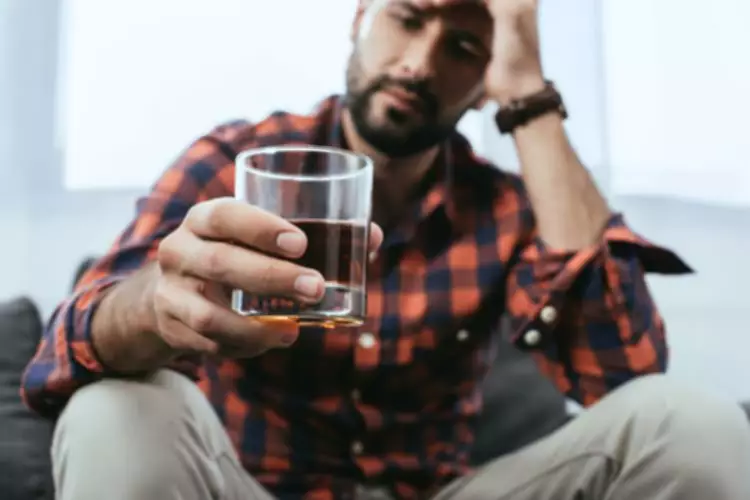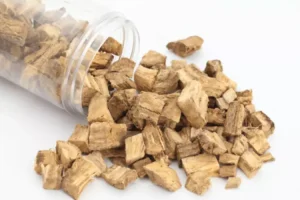
You’ll get a 100% custom plan, then use daily texts to track your progress and help you stay on target. Consider how giving into an urge https://ecosoberhouse.com/ keeps it alive while not giving in to the urge slowly kills it. While you can’t make the urge go away, you can see it for what it is.
Free Healthbeat Signup
- It’s like being stuck in traffic – you can’t make the cars disappear, but you can choose how you react to the situation.
- Understanding the three distinct components of your habit loop can help you come up with more specific strategies to overcome cravings when they pop up.
- Certain foods are thought to reduce alcohol cravings due to their nutritional content.
- Ria Health members also get a workbook with a number of exercises to mindfully manage drinking urges.
Addiction tends to make everything else in life seem less enjoyable. Music you used to love may no longer have the same draw while you are using alcohol. You may find a renewed interest in music during your detox and should pursue the distraction it offers from cravings or withdrawal symptoms. Many people with addictions convince themselves that they are alone and are the only ones going through their experiences. It can be very comforting to know that many people have gone through withdrawal before.
Importance of Family and Friends

Certain antidepressants also show promise for helping reduce drinking when you live with depression. Your care team might recommend this approach if you experience symptoms of anxiety and depression along with cravings. A doctor or psychiatrist can offer more information and help you explore possible treatment plans. Trying to ignore alcohol cravings is not the best way to manage them. It is better to accept them as normal and actively treat them through a variety of methods, including possibly taking medication. Naltrexone is a medication that belongs to a group of drugs known as opioid antagonists.

Coping with alcohol withdrawal symptoms safely
You may find yourself daydreaming about having another drink. Instead of thinking about the momentary relief that will come with the drink, think beyond that to the inevitable pain that will come after. Think about all your work thus far and how much of a setback that would be. Consider how drinking again will only prolong your addiction and create more pain as you enter detox again. Try to mentally connect your alcohol consumption to pain, not pleasure or relief. You could argue that the downside is not treating these people and they die because of alcohol addiction.
Measure your drinks.
As with external triggers, you may or may not be aware that an internal trigger is what’s behind your urge to drink. If you developed a habit of reaching for a drink after a long day at work, or to celebrate the start of the weekend, you might find that you crave alcohol at these times. This is because these scenarios can act like a cue to drink. Several studies indicate that these practices not only increase self-control over response to cravings, but can also reshape the neural pathways in the brain.
Internal Triggers for Alcohol Consumption
Without it, the brain makes chemical demands and requests for alcohol. Take the assessment and get matched with a professional, licensed therapist. When you drink, sip slowly and take a break of 30 minutes or one hour between drinks. Drinking on an empty stomach is never a good idea, so make sure you eat food when you drink.
Alcohol withdrawal: symptoms, timeline and treatment
One of them is naltrexone, which does give GI symptoms — in particular, nausea and vomiting. The other medication is acamprosate, which does give diarrhea. Topiramate is generally not recommended for use when consuming alcohol. Mixing Topamax and alcohol can cause them to interfere with each other, resulting in negative side effects. Combining Topamax and alcohol may cause difficulty speaking, confusion, sleepiness, and memory difficulties.
Addiction Relapse: Navigating Challenges in Recovery and Treatment
Support can come from family members, friends, counselors, other recovering alcoholics, your healthcare providers, and people from your faith community. The symptoms listed above may be a sign of a severe form of alcohol how to reduce alcohol cravings withdrawal called delirium tremens, or DTs. This rare, emergency condition causes dangerous changes in the way your brain regulates your circulation and breathing, so it’s important to get to the hospital right away.

Science-Backed Strategies to Overcome Alcohol Cravings
- A supportive friend or family member can help you in many ways during withdrawal.
- Support can come from family members, friends, counselors, other recovering alcoholics, your healthcare providers, and people from your faith community.
- Much of this is dependent on factors specific to the individual, such as how severe their alcohol use disorder was and how long it has been since they have engaged in drinking.
- Antabuse does not reduce cravings but makes the person feel sick from consuming alcohol, increasing the reinforcement to stay abstinent.
These urges can feel all-consuming, making it seem like nothing else matters in the world except satisfying that craving. Once you know your triggers, identify some strategies that can help you avoid them, and write those down as well. These might include not driving past your favorite bar or wine shop, or taking a break from socializing with friends who drink often. For situations where a trigger is unavoidable, you might find a trusted friend you can call, or come up with an exit strategy ahead of time. If you’ve recently quit drinking, you may also be experiencing post-acute withdrawal syndrome (PAWS).

It’s important to note that the cravings are not merely a matter of willpower. Prolonged alcohol use causes physical changes in the brain that intensify the desire for alcohol. When the brain becomes accustomed to alcohol’s effects on neurotransmitters—chemical messengers like dopamine and GABA—it needs more of it to get the same effect. This forms part of the cycle of alcohol addiction and contributes to the intensity of cravings. Positive lifestyle changes13 can set you up for long-term sobriety. It’s important to create a daily routine that includes both self-care and fun activities.
